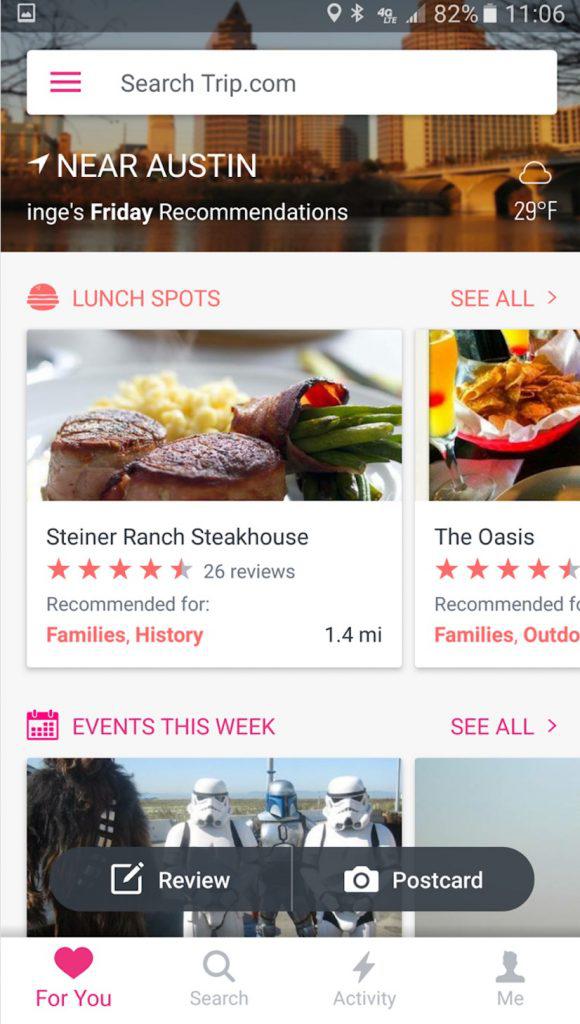How Good User Personalization Stems From Quality Design Choices
2016 was the year when artificial intelligence (finally) inserted itself into mainstream technology.
Here at Applause, we reviewed chatbots and artificial intelligence powered travel apps. The push of artificial intelligence is promising and will no doubt continue in 2017 and beyond.
The products we reviewed last year were innovative and appealing. Whether they truly delivered a digital experience that keeps people coming back is debatable.
When Machine Learning Is Not Necessary

A main motivator for using artificial intelligence, machine learning and neural networks is the desire to deliver an easy, useful and satisfying experience. A useful and satisfying experience includes tailoring the experience to the individual and making it easier for a user to find relevant information or reach their intended goal. Personalization and discovery are not new. Rather they are the core of what user experience as a discipline is supposed to be all about.
Using complex machine learning algorithms to reach these goals is not mandatory. It is but one of many directions. For instance, Trip.com’s mobile app provides a best-in-class tailored experience based on a user’s location, time of day and other information (such as current weather). Trip.com combines all of that information with user-provided preferences and creates a smart list of personalized options.
As an example, Trip.com recognizes my location and provides me with suggestions for restaurants, things to do and weekend getaways. And when it is a particularly cold day, there’s a “stay warm” category with ideas for cozy ways to pass the time.
The Design Challenge Of User Preferences
User-provided preferences have long been a thorn in the side of designers. Asking (sometimes forcing) the user to answer a list of questions is an onerous turnoff. Trip.com makes user preferences optional and provides a simple image-filled screen so the user can tap images to indicate their interests. Trip.com’s is a painless process and takes 30 seconds.
Another great example of simplicity through design is the redesigned Airbnb mobile app. The new Airbnb app narrows down a list of possible places to stay out of large data sets. The app then applies a substantial number of filters, which makes it a significant design challenge. Doing so on a mobile device, where screen real estate is limited, is beyond challenging. The redesigned Airbnb app does a great job of addressing that challenge. It focuses on asking relevant questions in a pre-meditated order to address a person’s needs and provides a digestible and relevant set of options.
A designer’s primary goal is to make the user’s experience intuitive, satisfying and worthwhile. Whether this is accomplished through smart design, use of available info, machine learning-powered deductions of large datasets or a combination is secondary to serving the user’s needs and wishes.




